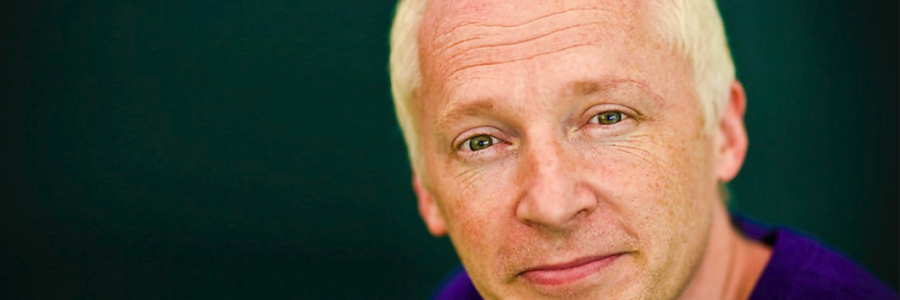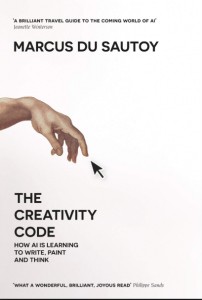
Can AI be creative


The creative code examines the nature of creativity, and provide essential guide into how algorithms work with the underpinning mathematical rules and looks at our emotional response to art is a product of our brains reacting to pattern and structure.
Computer have already become far smarter than us at crunching big numbers, spotting patterns in messy data or playing chess or Go, but can be creative?
They will never be able to match the creative genius of Ludwig van Beethoven or Anna Akmatova or Pablo Picasso.
Marcus du Sautoy, a Oxford mathematician and professor for the public understanding of science in Oxford, who is adept at explaining complex theories argues that so much of what we consider to be creative consists of super-smart synthesis rather than flash of inspiration sparked by falling apples.
“Great things are not done by impulse but by small things brought together,” Vincent van Gogh once said. Computers are very good at that kind of thing.
The creativity code defined by Du Sautoy who suggests that machine learning techniques are becoming so good that, in some fields, it might be possible to attain transformational creativity, by explaining the history of algorithm beginning with Euclid’s 2000-year-old recipe for finding the largest number that divides two numbers, known to school children as the highest common factor. We also learn the word algorithm is derived from the Latin interpretation of the name of the great 9th-century Persian mathematician Muhammad Al-Kwwarizmi, one of the first directors of the House of Wisdom in Baghdad, who invented the language of Algebra.
The increasing omnipresence of Algorithms need to be handled with care so that our powerful new tools can significantly enhance the human code and enable us to feel what it is like to be a machine.
The Creativity Code: How AI is learning to write, paint and think by Marcus du Sautoy, Fourth Estate £20, 328 pages.-YN
